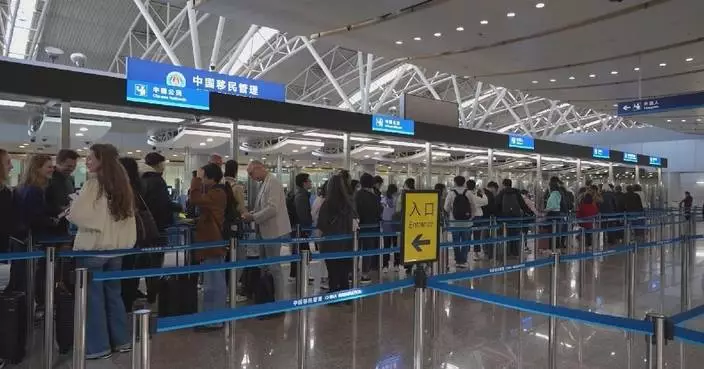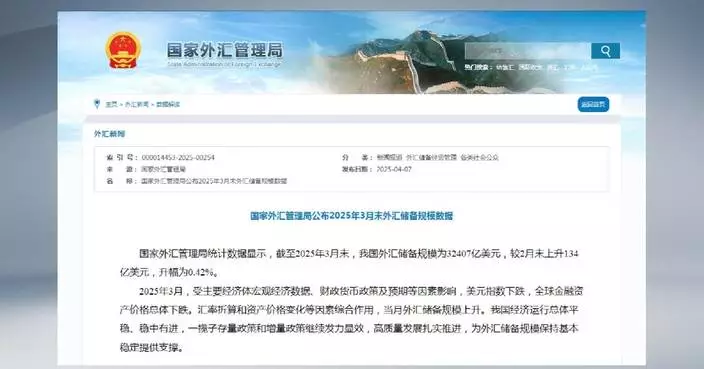Rescue and relief efforts are underway after a 6.8-magnitude earthquake jolted Dingri County in southwest China's Xizang Autonomous Region on Tuesday morning.
To date, 407 people have been rescued after being trapped following the quake, while 14 resettlement sites have been set up to provide emergency shelter to more than 30,000 people displaced in the disaster.
The quake hit at 09:05 on Tuesday with the epicenter in Tsogo Township of Dingri County, administered by the city of Xigaze.
A rescue team formed by detachments from the Xigaze People's Armed Police (PAP), the Dingri police and fire department, the county border management brigade and county cadres rescued several people from the rubble of their homes and workplaces, including a boy and a middle-aged women buried deep in rubble.
The two were sent to the county hospital after emergency treatment and are currently recovering.
On Tuesday morning, a 90-year-old resident was also successfully rescued by local officers and cadres in a village in the county's Chulho Township and was moved to emergency shelter after an on-site medical check.

Over 400 people rescued from rubble after 6.8-magnitude quake in Xizang

















































